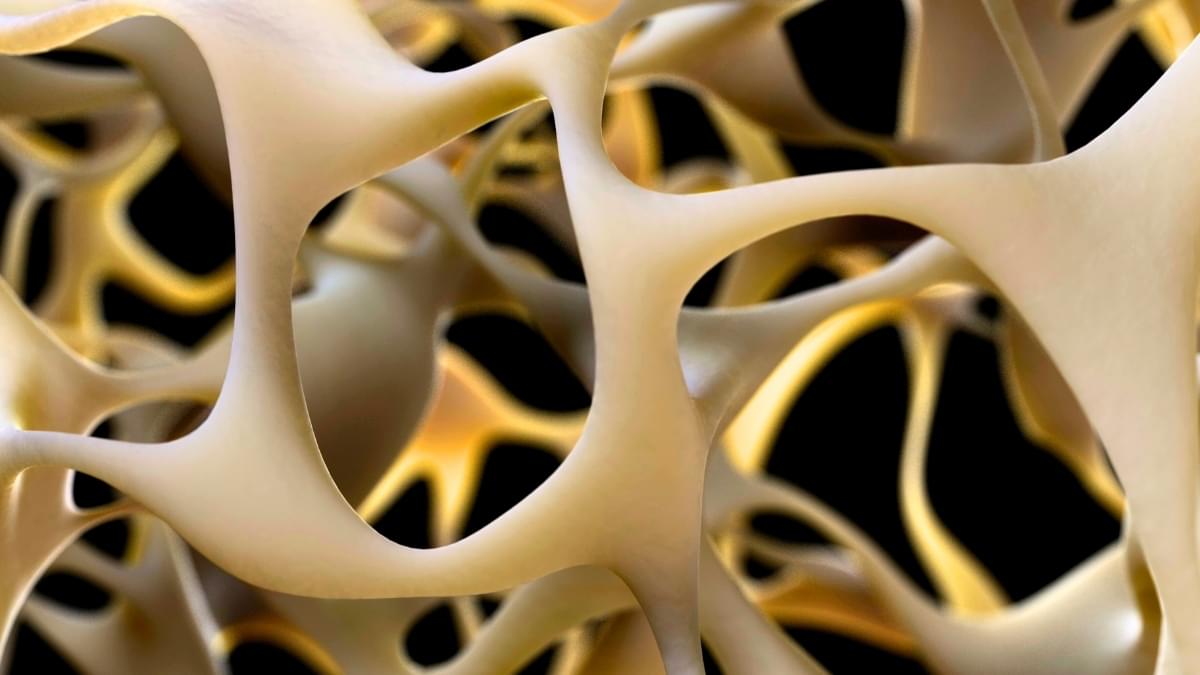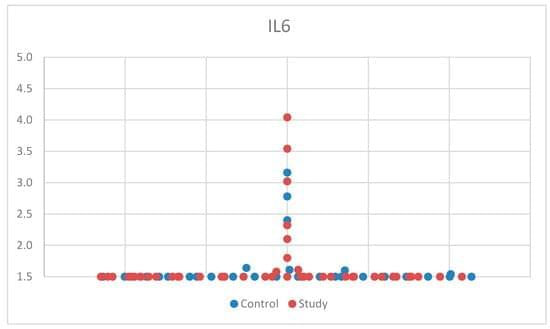“Our upbringing and environment influence who we are,” said Dr. Luke Davies. “Someone who has lived their whole life in the city may have a very different personality compared to someone who lives remotely or in an isolated community. Galaxies are no different.”
How does galaxy location drive galaxy structure and star formation? This is what a recent study published in the Monthly Notices of the Royal Astronomical Society hopes to address as a team of scientists investigated the interaction between galaxy location and evolution. This study has the potential to help scientists better understand galaxy formation and evolution, including stars and planets within them.
For the study, the researchers conducted the first study with the Deep Extragalactic Visible Legacy Survey (DEVILS) survey using the Anglo-Australian Telescope’s AAOmega spectrograph, the latter of which is located at Siding Spring Observatory in Australia. The goal of the study was to use DEVILS to add to the existing catalog of galaxy populations based on their speed traveling away from us, also known as redshift. In contrast, blueshift happens when an object is moving towards us.
In the end, the researchers found that galaxies that are clustered together, or more densely packed, result in slower growth and evolution compared to galaxies that are spread apart. The researchers used the analogy of city centers compared to more rural areas. Essentially, a galaxy’s location potentially determines its evolutionary fate.









